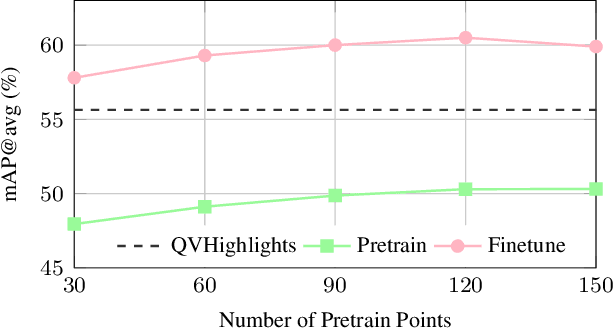Aleksandr Gordeev
GigaCheck: Detecting LLM-generated Content
Oct 31, 2024



Abstract:With the increasing quality and spread of LLM-based assistants, the amount of artificially generated content is growing rapidly. In many cases and tasks, such texts are already indistinguishable from those written by humans, and the quality of generation tends to only increase. At the same time, detection methods are developing more slowly, making it challenging to prevent misuse of these technologies. In this work, we investigate the task of generated text detection by proposing the GigaCheck. Our research explores two approaches: (i) distinguishing human-written texts from LLM-generated ones, and (ii) detecting LLM-generated intervals in Human-Machine collaborative texts. For the first task, our approach utilizes a general-purpose LLM, leveraging its extensive language abilities to fine-tune efficiently for the downstream task of LLM-generated text detection, achieving high performance even with limited data. For the second task, we propose a novel approach that combines computer vision and natural language processing techniques. Specifically, we use a fine-tuned general-purpose LLM in conjunction with a DETR-like detection model, adapted from computer vision, to localize artificially generated intervals within text. We evaluate the GigaCheck on five classification datasets with English texts and three datasets designed for Human-Machine collaborative text analysis. Our results demonstrate that GigaCheck outperforms previous methods, even in out-of-distribution settings, establishing a strong baseline across all datasets.
Saliency-Guided DETR for Moment Retrieval and Highlight Detection
Oct 02, 2024



Abstract:Existing approaches for video moment retrieval and highlight detection are not able to align text and video features efficiently, resulting in unsatisfying performance and limited production usage. To address this, we propose a novel architecture that utilizes recent foundational video models designed for such alignment. Combined with the introduced Saliency-Guided Cross Attention mechanism and a hybrid DETR architecture, our approach significantly enhances performance in both moment retrieval and highlight detection tasks. For even better improvement, we developed InterVid-MR, a large-scale and high-quality dataset for pretraining. Using it, our architecture achieves state-of-the-art results on the QVHighlights, Charades-STA and TACoS benchmarks. The proposed approach provides an efficient and scalable solution for both zero-shot and fine-tuning scenarios in video-language tasks.
 Add to Chrome
Add to Chrome Add to Firefox
Add to Firefox Add to Edge
Add to Edge